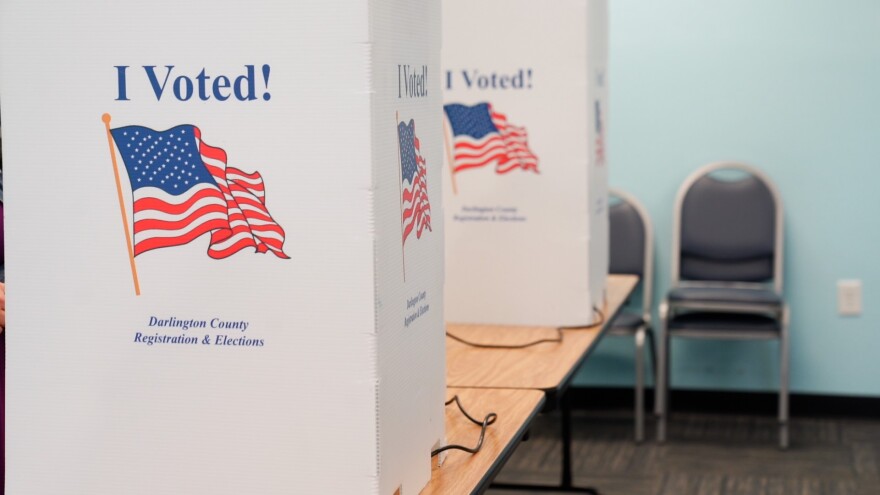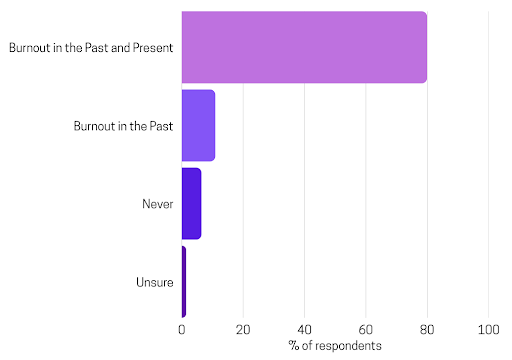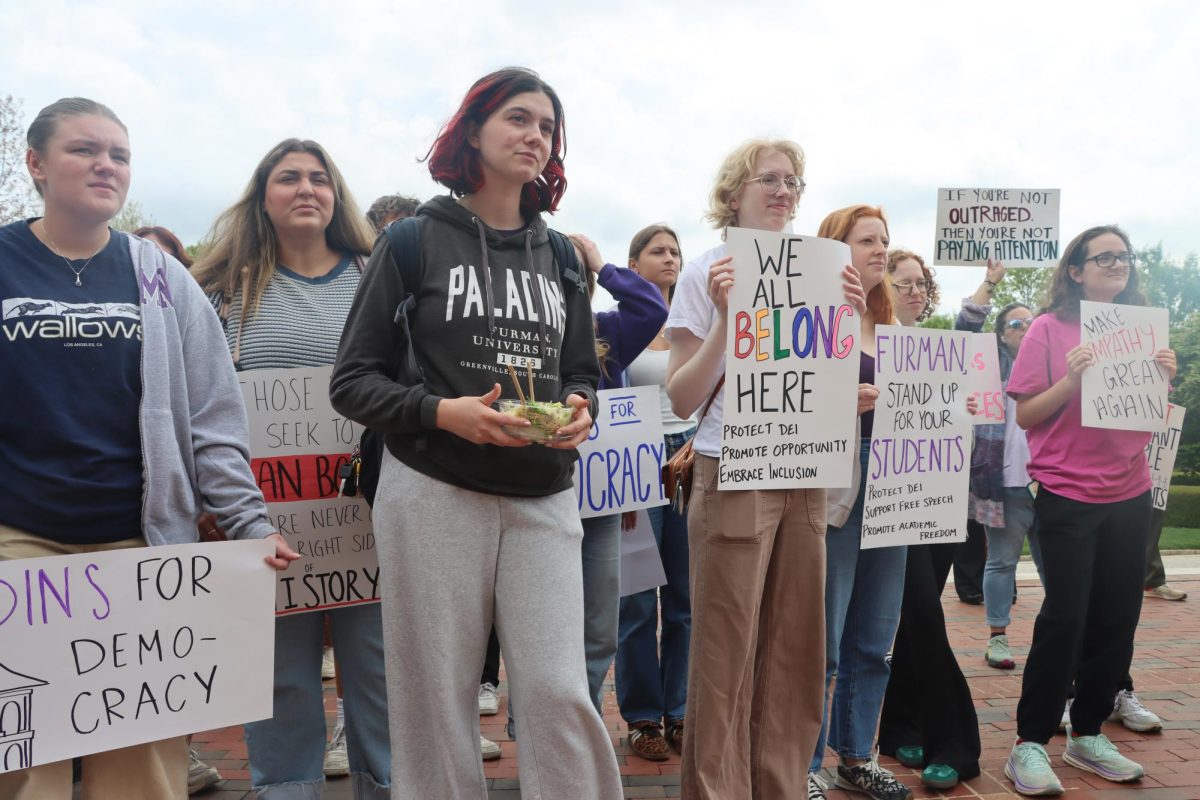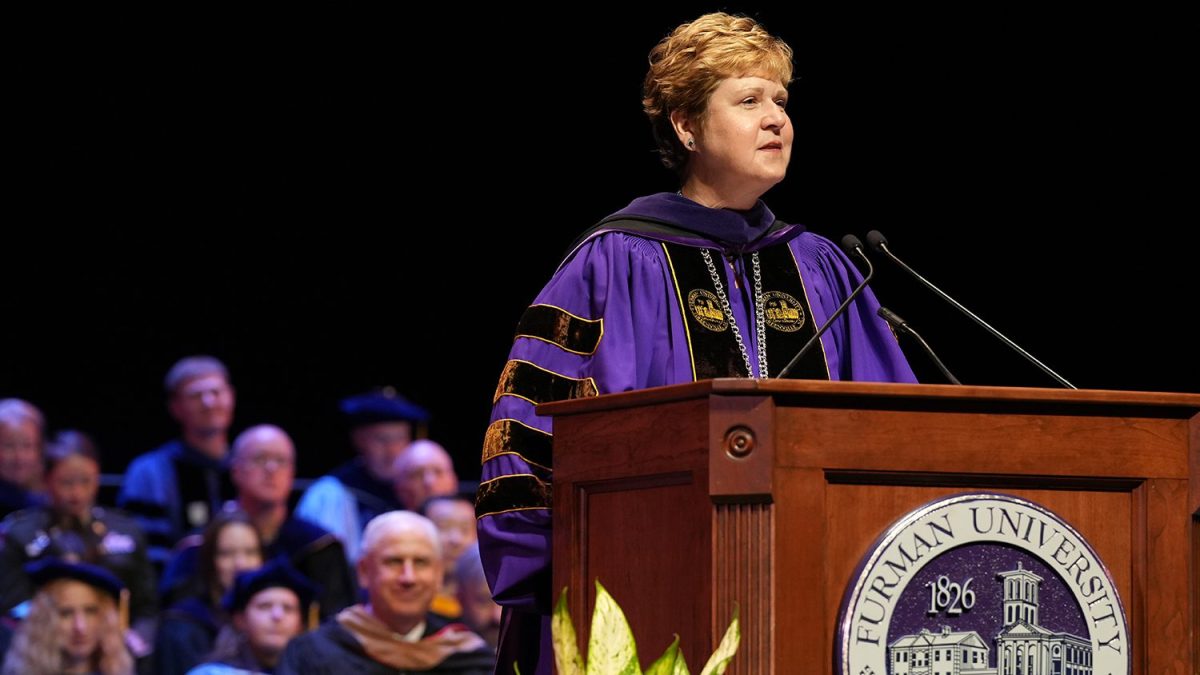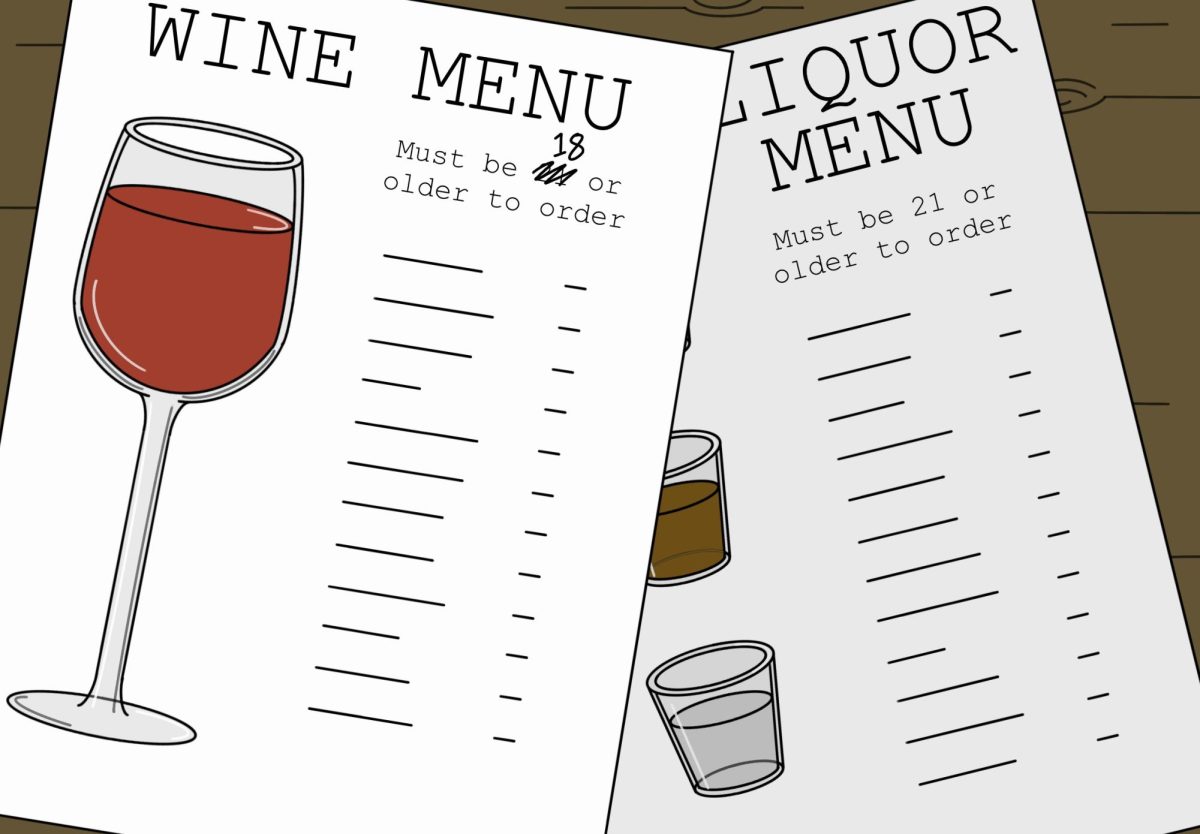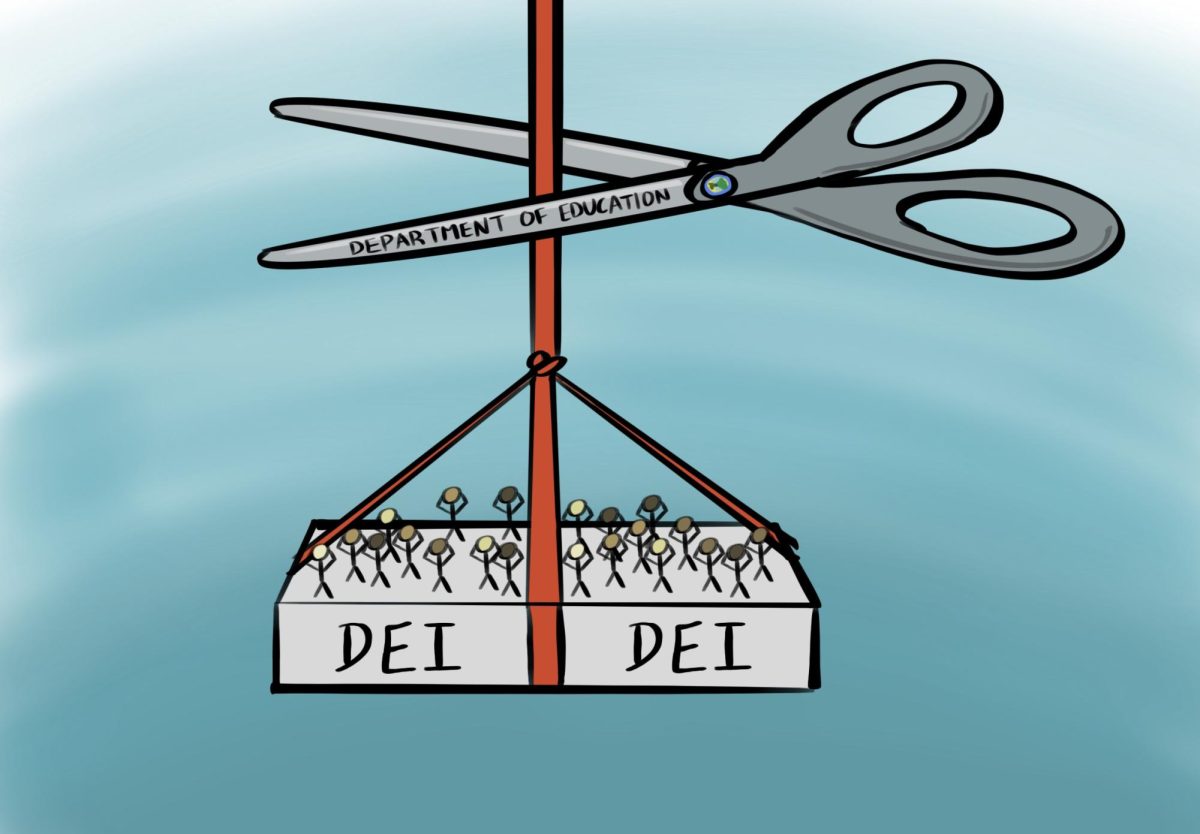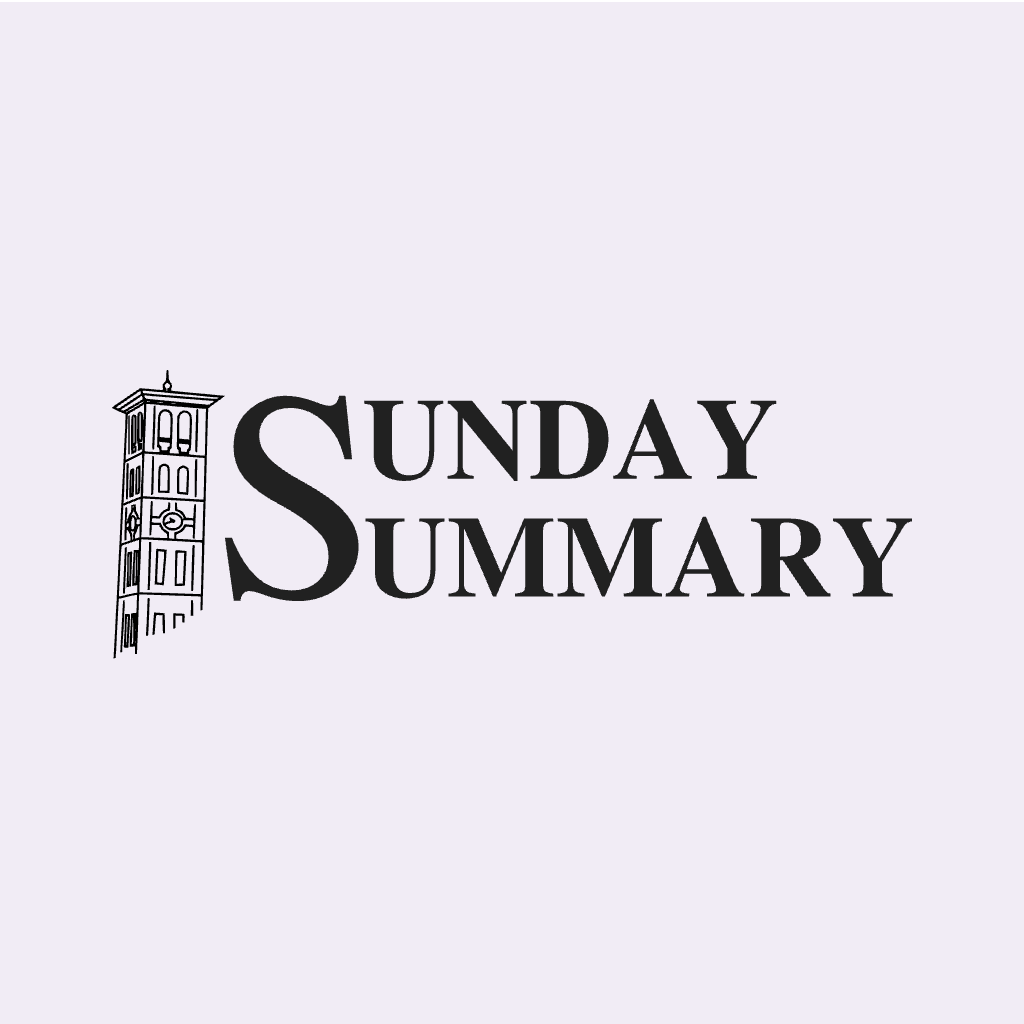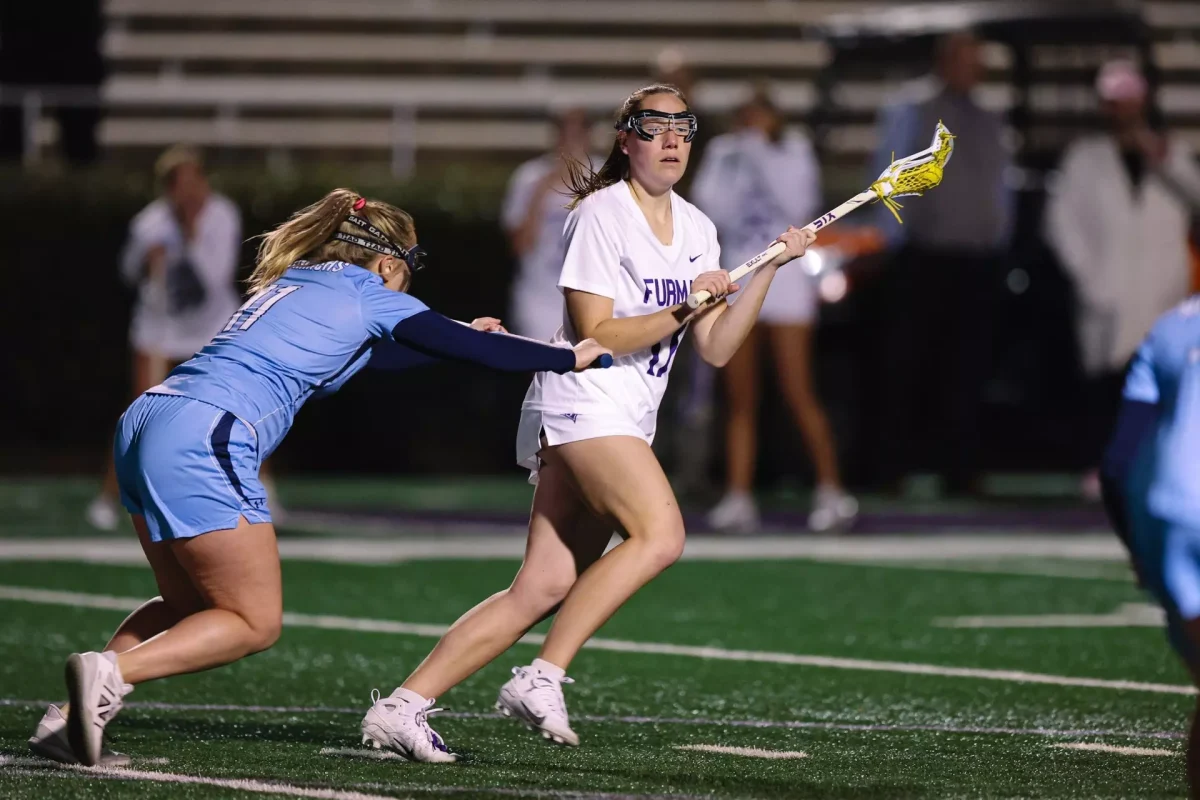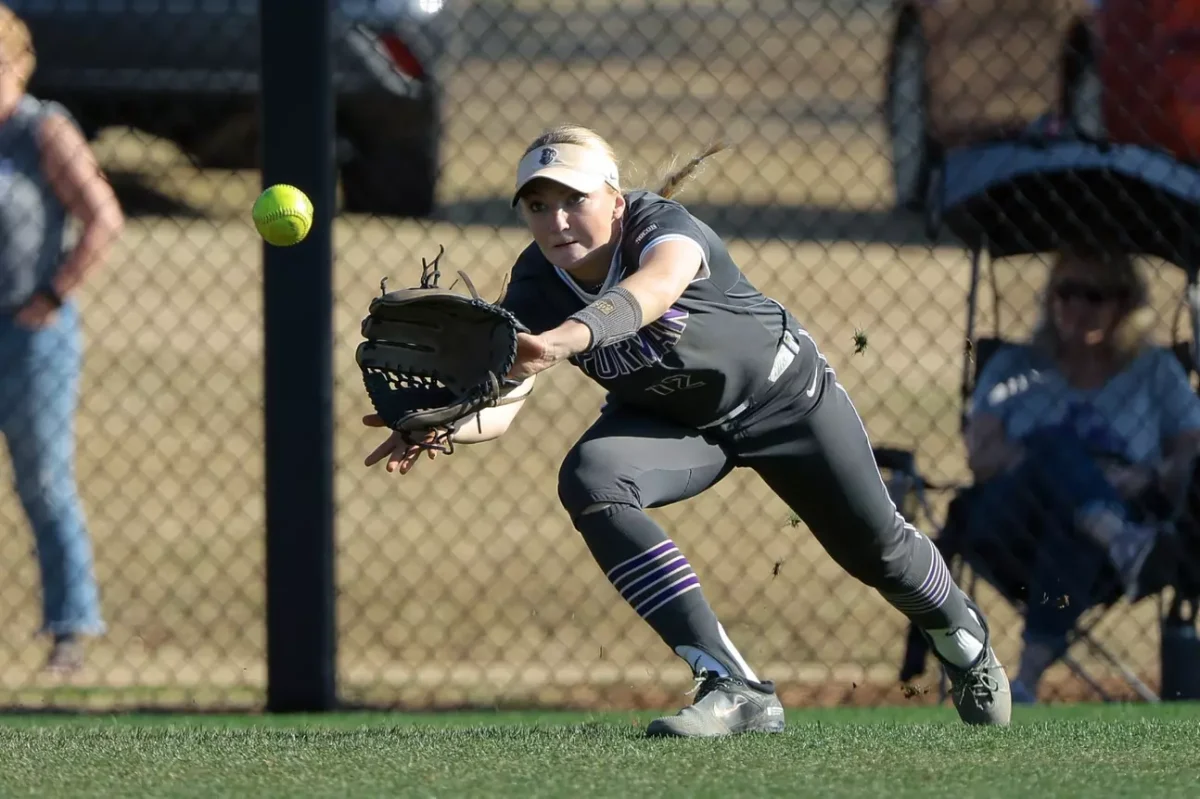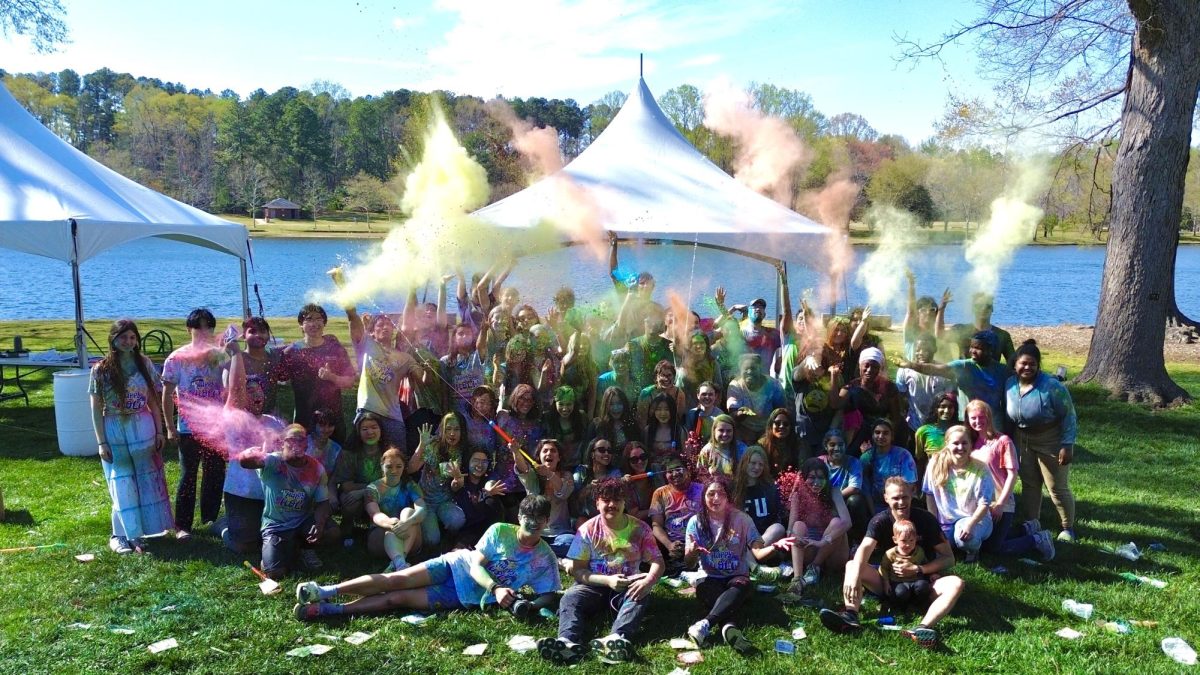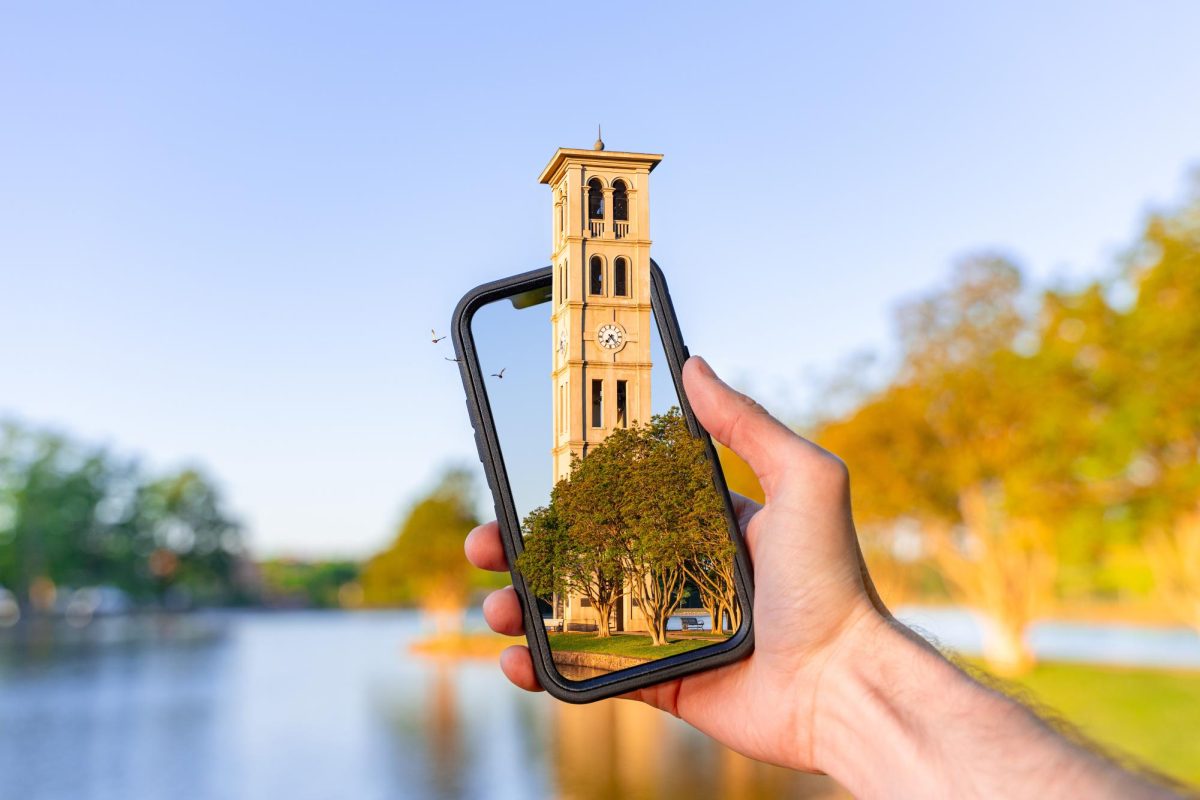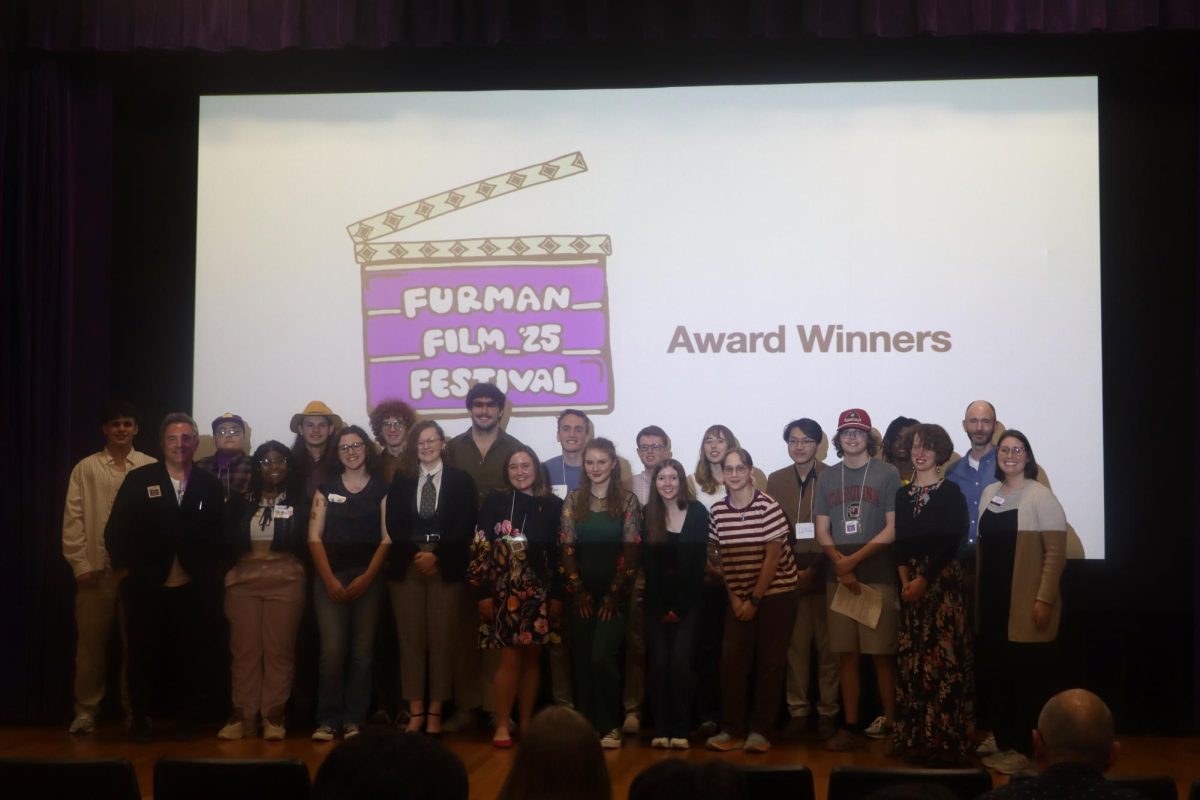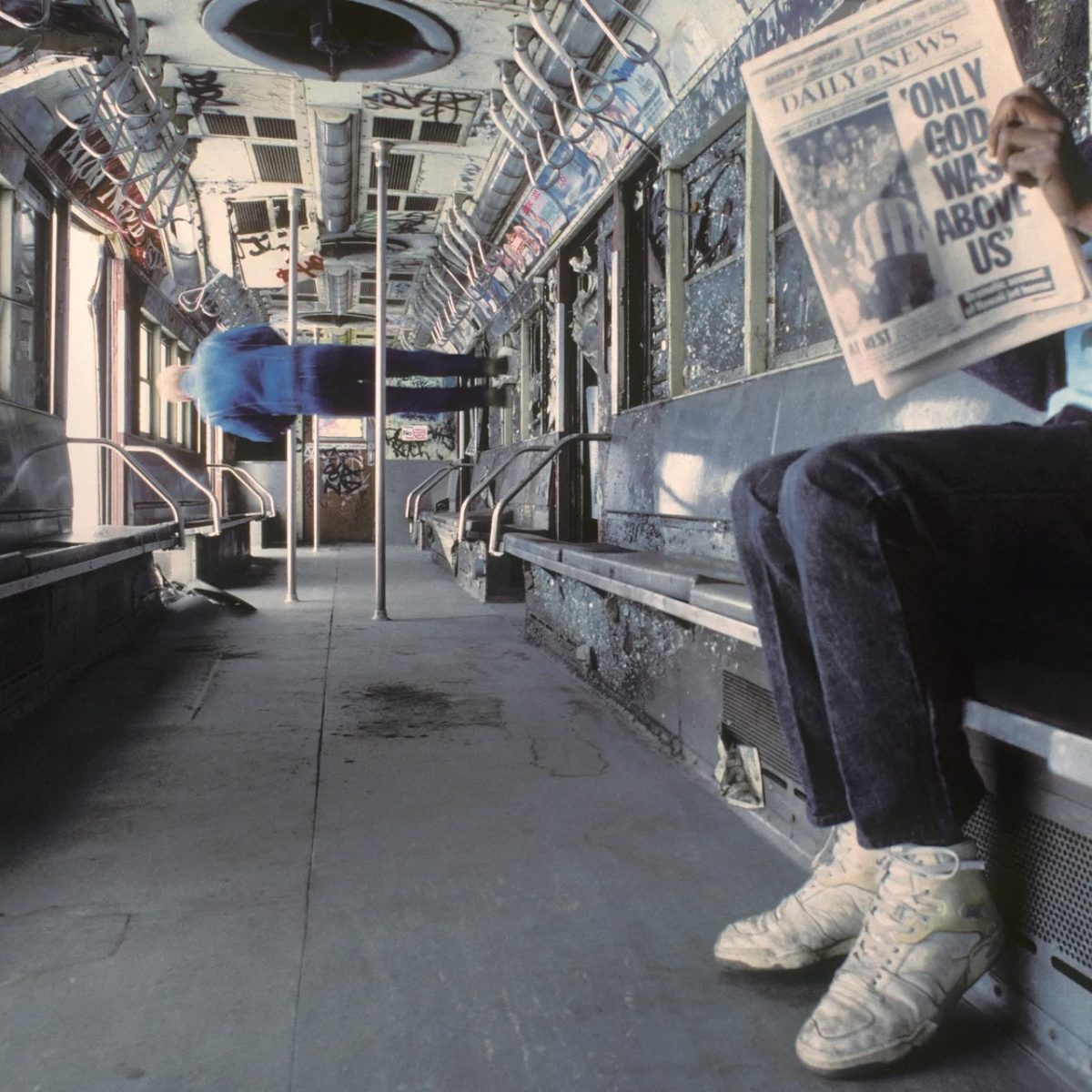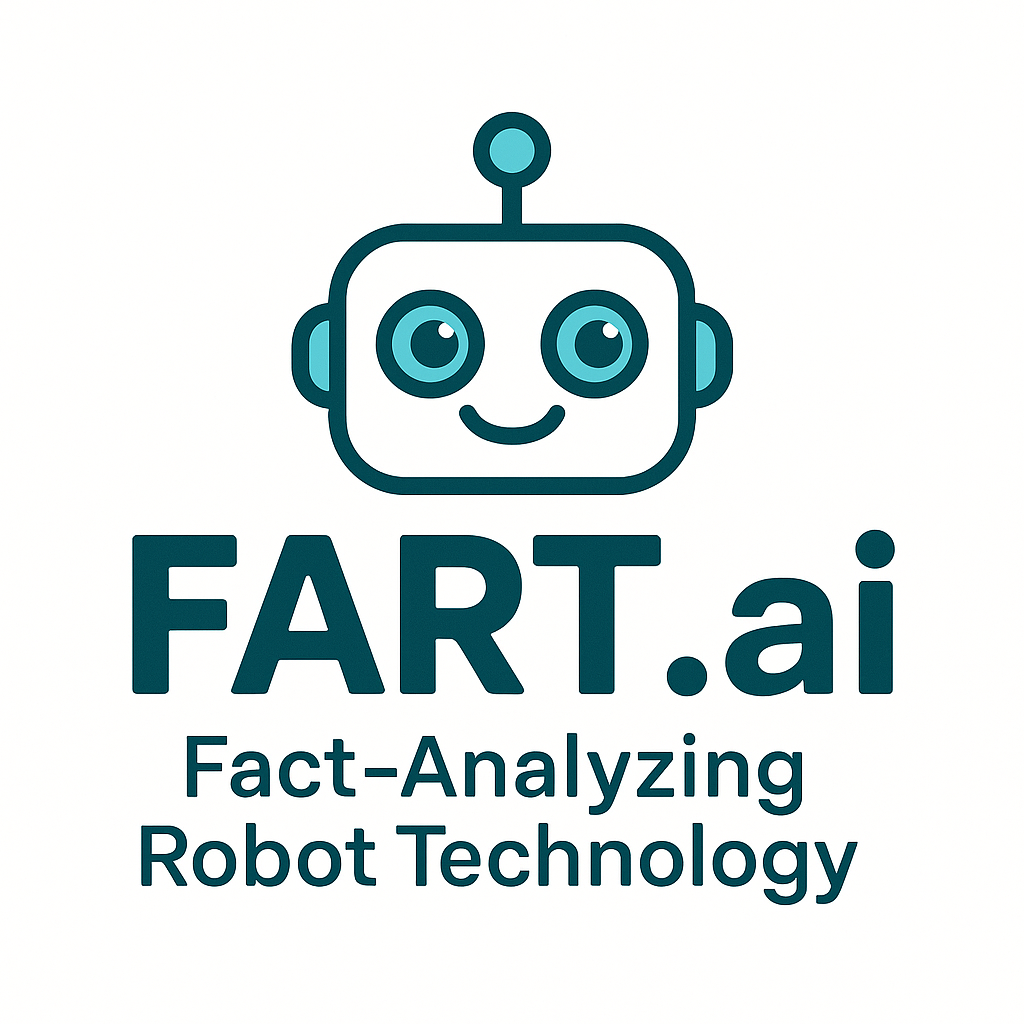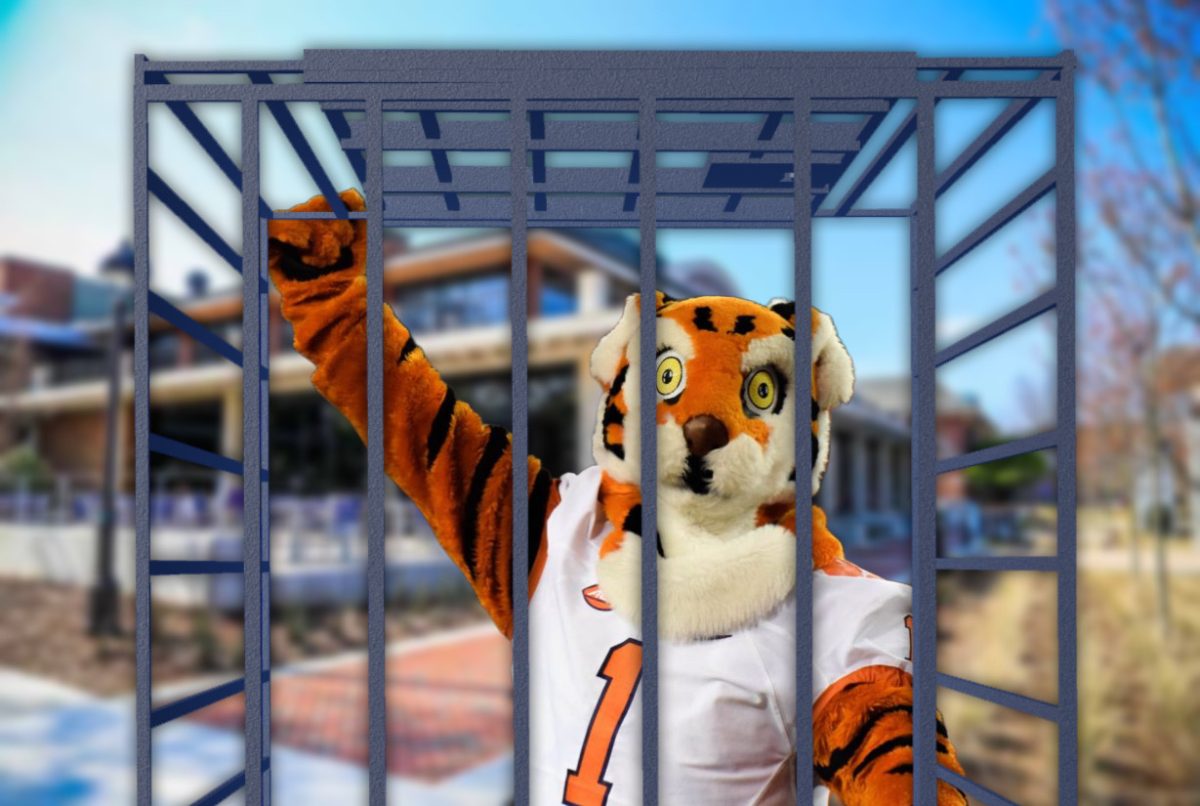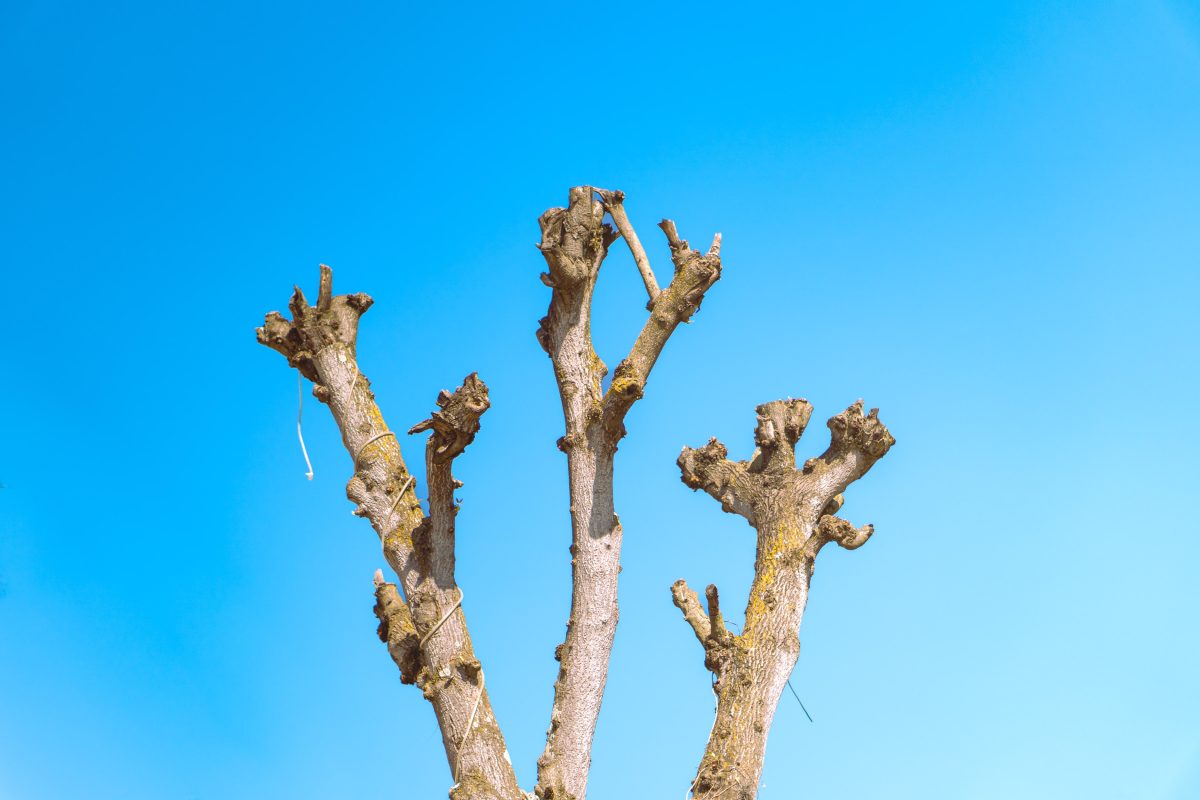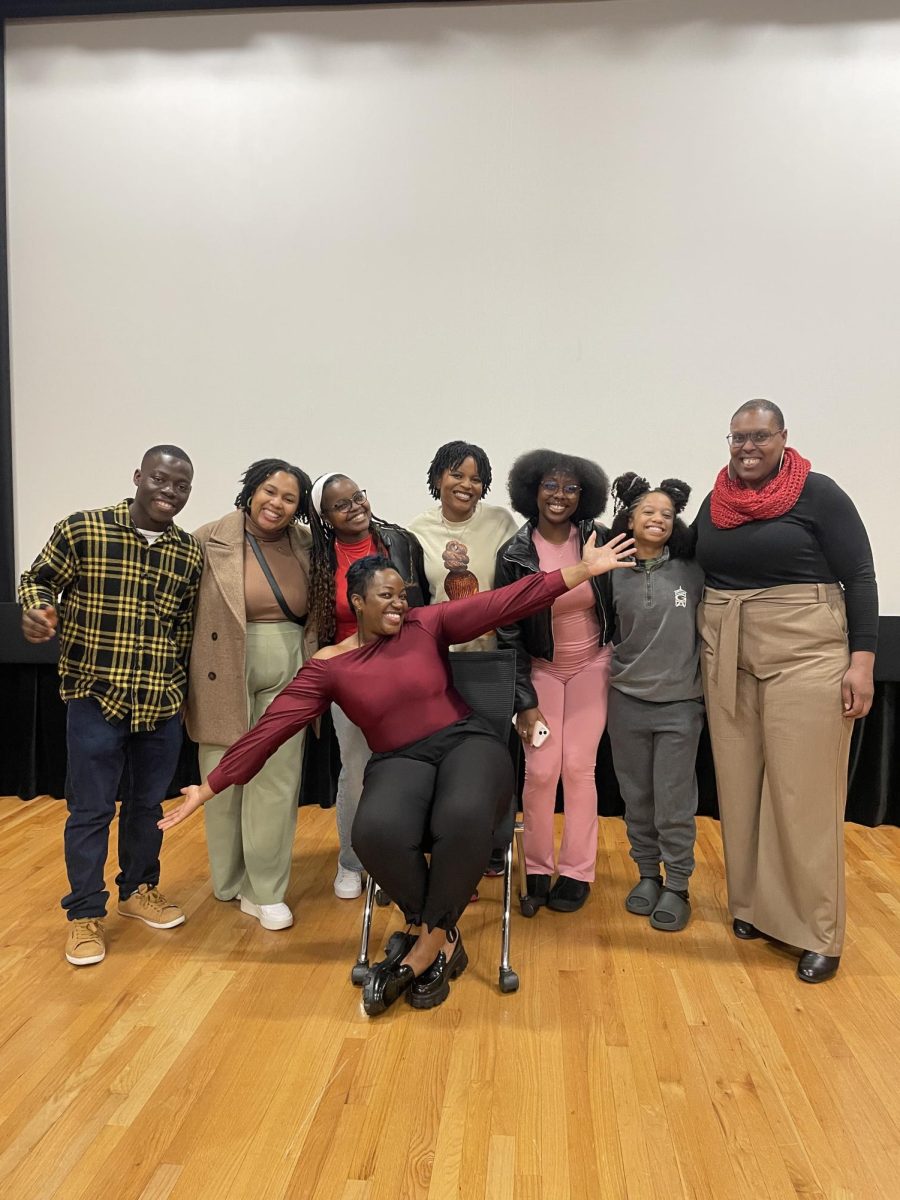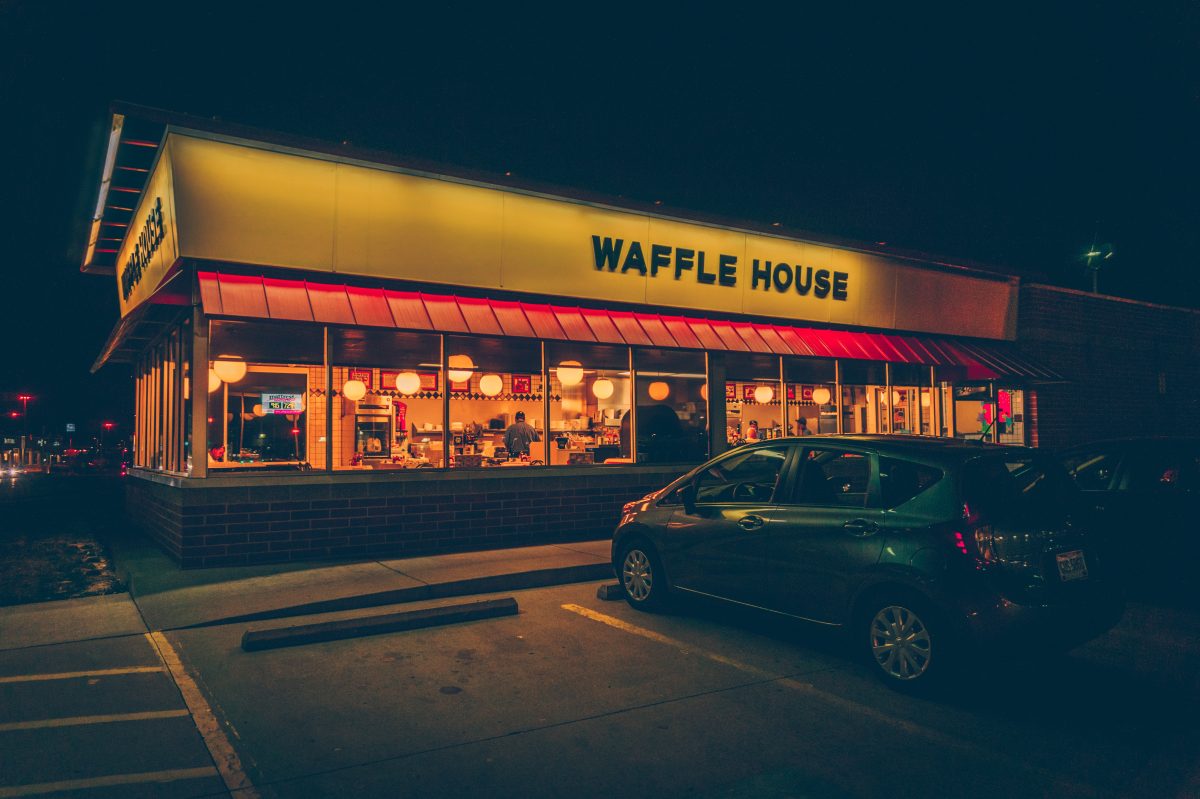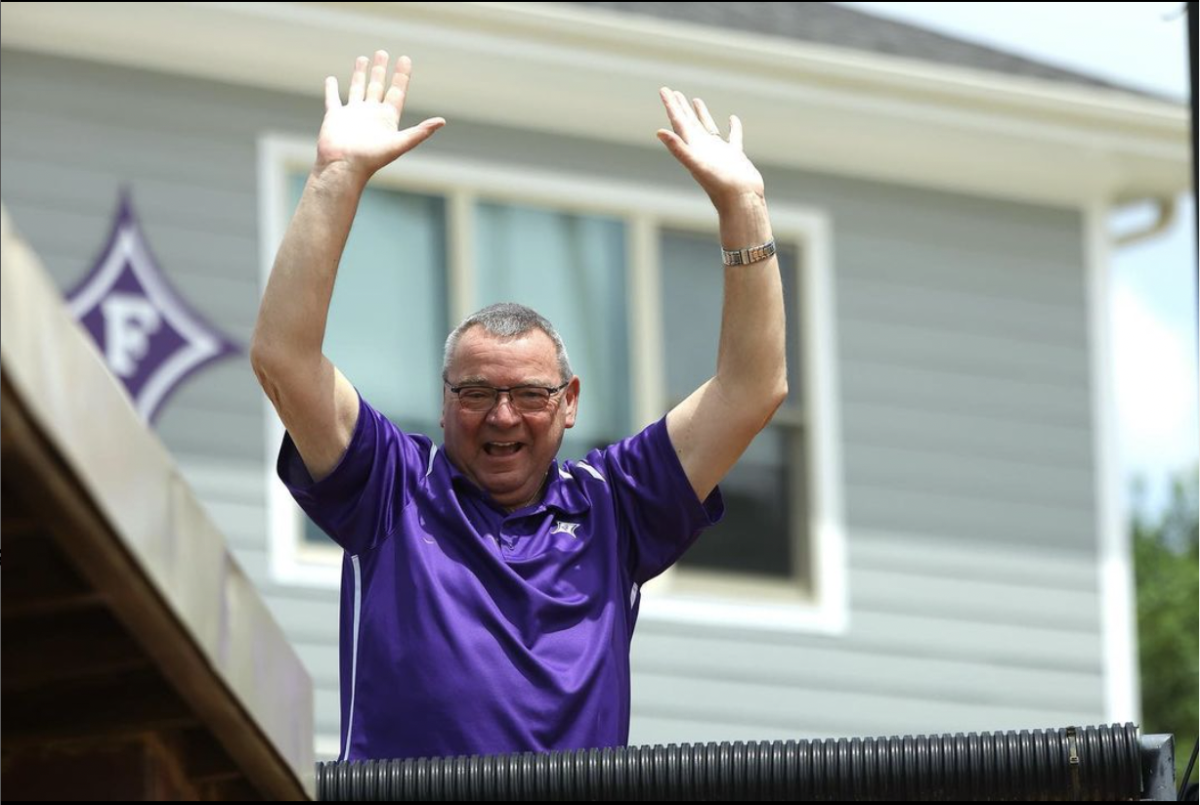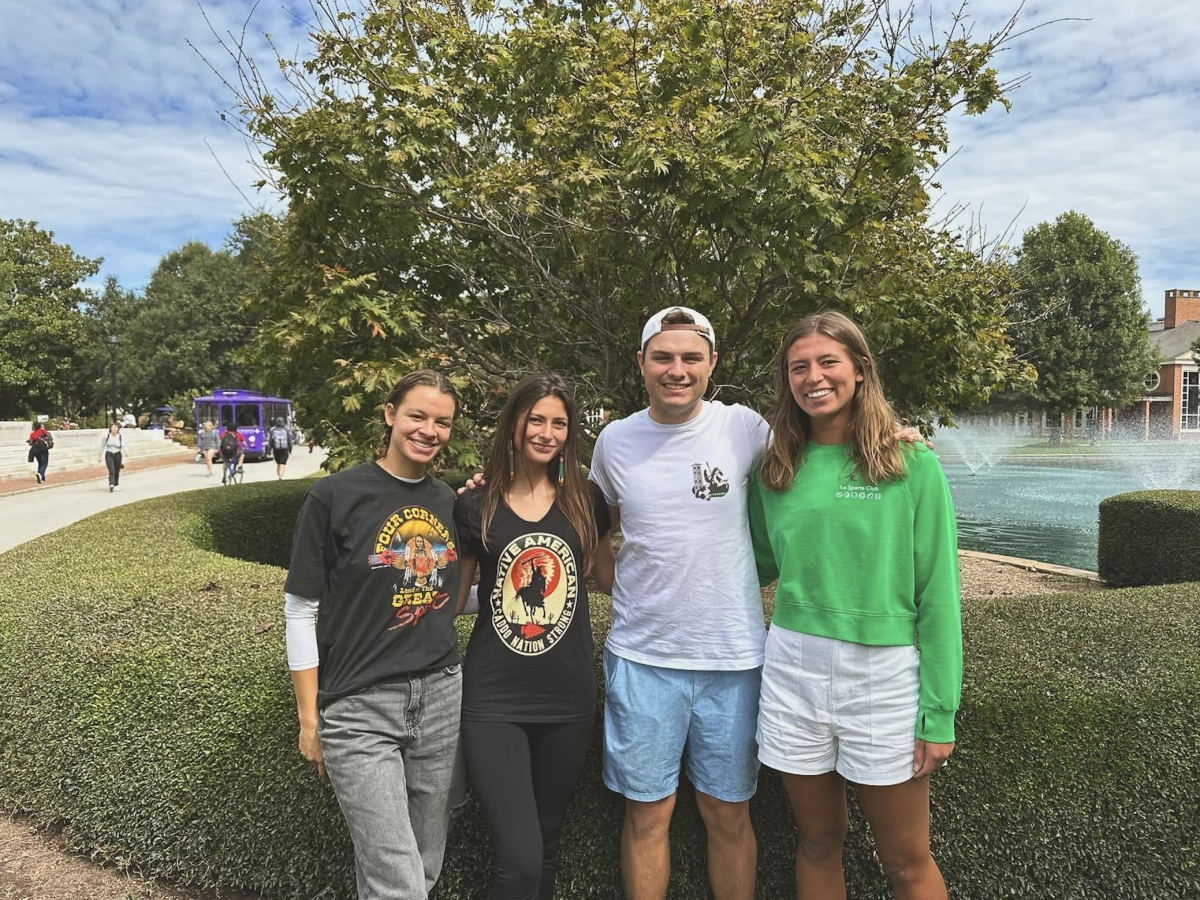In 2009, Furman University committed to carbon neutrality by 2026. Since then, net carbon emissions have been cut by 48%, but a combination of inhibiting factors have prevented the university from reaching its goal.
External factors such as state energy regulations and Duke Energy’s cost-prohibitive energy programs have presented the biggest barrier to Furman’s goal, but internal hesitancy to lobby for changes to state law is also responsible.
Despite the many barriers to progress on carbon neutrality, Furman has made notable progress in significantly improving energy efficiency on campus, with the most high-profile improvement being the construction of the solar farm along Poinsett Highway.
Current Progress
To evaluate the current progress, it is important to understand the three different types of carbon emissions:
Furman has made the most progress in reducing scope 1 emissions through the addition of a geothermal system in North Village, installing solar panels across campus, and increasing the efficiency of most buildings. However, S.C. utilizes a regulated energy market system, allowing Duke Energy to control the entire energy grid from production to user. This system prevents Furman from increasing on-campus energy production by limiting our ability to produce more than 1 MW of energy. Scope 1 emissions have been reduced by 11.11%.
Scope 2 emissions have been reduced because of Duke Energy’s clean energy action plan to achieve net-zero power generation by 2050. We are reliant upon Duke Energy’s own net-zero plan because of S.C. state law that bars us from creating additional renewable energy sources on campus. Scope 2 emissions have been reduced by 52.09%.
Indirect emissions that are a part of scope 3 are more difficult to track and reduce. Non-university vehicles, such as those belonging to staff and students, cannot be controlled. Study away and travel for research, which can require massive emissions from plane travel, are integral components of the Furman Advantage and are not easily replaced. Bon Appetit purchases at least 20% of ingredients from local farms and the Furman Farm ensures that food waste does not end up in landfills, reducing scope 3 emissions in the process. Furman also has green purchasing guidelines that encourage departments to invest in low-emission supplies. Scope 3 emissions have been reduced by 60%.
Overall, Furman has reduced carbon emissions by 48%, meeting each of their intermediate goals in 2019, 2020, and 2023. However, 48% is far from the end goal of carbon neutrality by 2026, in three years.
Energy Targets
In Furman’s Sustainability plan, Sustainable Furman, three major goals are directly related to energy:
The energy efficiency goal (4) is the easiest to address because Furman has direct control over its buildings and equipment. Jeff Redderson, Associate Vice President of Facilities and Campus Services, and Jimmy Looper, Energy Manager, spoke about Facilities Services’ energy initiatives.
During full-building renovations, Furman often improves insulation levels to improve the efficiency of heating and cooling systems. In particular, recent renovations of apartments and residence halls include replacing single-pane windows with double-pane windows and improving the air seals around windows and doors.
Many buildings have also been retrofitted with energy-efficient LED lights, and President Davis announced a campus-wide LED retrofit project last Fall. Looper and Redderson explained that the cost and energy savings are felt within only a few years when replacing incandescent lights, but many of the remaining fluorescent fixtures in the buildings are specialty fixtures that may take several decades before Furman receives net savings for retrofitting projects. According to Redderson, Facilities Services allocates $100,000 each year for lighting projects.
Furman also has frequent grounds maintenance on campus that relies on gas-powered equipment. Facilities Services is continuing to switch to more energy-efficient grounds management equipment as old equipment is replaced. It is still gas-powered, but Redderson stressed that improvements in equipment design and efficiency from the manufacturers allows Furman to adopt more energy-efficient equipment.
When asked about switching to electric grounds management equipment, Redderson explained “there is a generally movement towards more electric equipment and away from gas-powered equipment, but you’re seeing it a lot in the residential area and only some in the commercial area.” While the commercial equipment is still primarily gas-powered, Redderson suggested that Facilities will be seriously considering electric-powered grounds equipment as batteries become cheaper in the future.
Redderson also said that he expects a larger transition to electric vehicles in the campus fleet as the market rapidly shifts towards a preference for electric vehicles over gas-powered vehicles.
The renewable energy goal (6) is challenging for Furman due to state regulations. Solar energy is the best renewable energy for the Southeastern United States, but S.C. limits the amount of solar energy that a single organization can produce. Furman is near the 1000 kW limit.
Geothermal energy helps improve heating and cooling efficiency, but it is expensive to install. Geothermal heating and cooling works by using underground water, which is relatively warmer than the air in the winter and cooler than the air during the summer. Furman received a grant from the Department of Energy in 2009 to install a geothermal system in North Village. The school has not made further commitments to geothermal energy, though.
The carbon offsets goal (7b) has been pursued in some minor ways.
Furman encourages students and staff to utilize UCapture to reduce their carbon footprint from purchases. Simply join Furman’s UCapture program and add the extension to your web browser. UCapture funds carbon offset projects when you shop at online stores that partner with the company, then the offsets are donated to Furman.
Community Conservation Corps is another program that is a part of Furman’s offset portfolio. Through this program, Furman claims offsets by weatherizing low-income Greenville residents’ homes.
Next Steps
Increases in efficiency have had the most substantial impact on Furman’s carbon emissions targets. Furman has made it clear that it sees value in energy efficiency improvements and will continue to invest in improvements during future projects. However, continued improvements toward carbon neutrality are increasingly challenging without switching to renewable energy and engaging in offsets.
So far, the university has taken a passive approach with respect to the continuing expansion of renewable energy. Duke Energy, the energy utility for upstate S.C., has made a carbon neutrality commitment for 2050, but Duke Energy and S.C. Public Service Commission (elected by the S.C. legislature) have imposed legal restrictions on solar energy production for organizations. This leaves Furman entirely dependent on Duke Energy to stick to its carbon neutrality commitments.
Furman can use this problem as an opportunity to lobby for a faster renewable energy timeline and a reduction of restrictive solar energy laws. This would serve the university’s own goals of carbon neutrality, improve the South Carolina energy system, provide an engaged learning opportunity for communications and political science students, contribute to a campus-wide culture of energy efficiency and sustainability, and cement Furman University as a powerful leader in sustainability.
With Furman’s original, self-imposed deadline of 2026 quickly approaching, it is time to renew the energy commitment with more specific goals that are targeted towards rapidly eliminating remaining sources of carbon emissions. Furman University was recently awarded pro bono consulting support to develop a new climate action plan. If the university makes this plan an institutional priority, there is hope for a sustainable, carbon-neutral Furman

